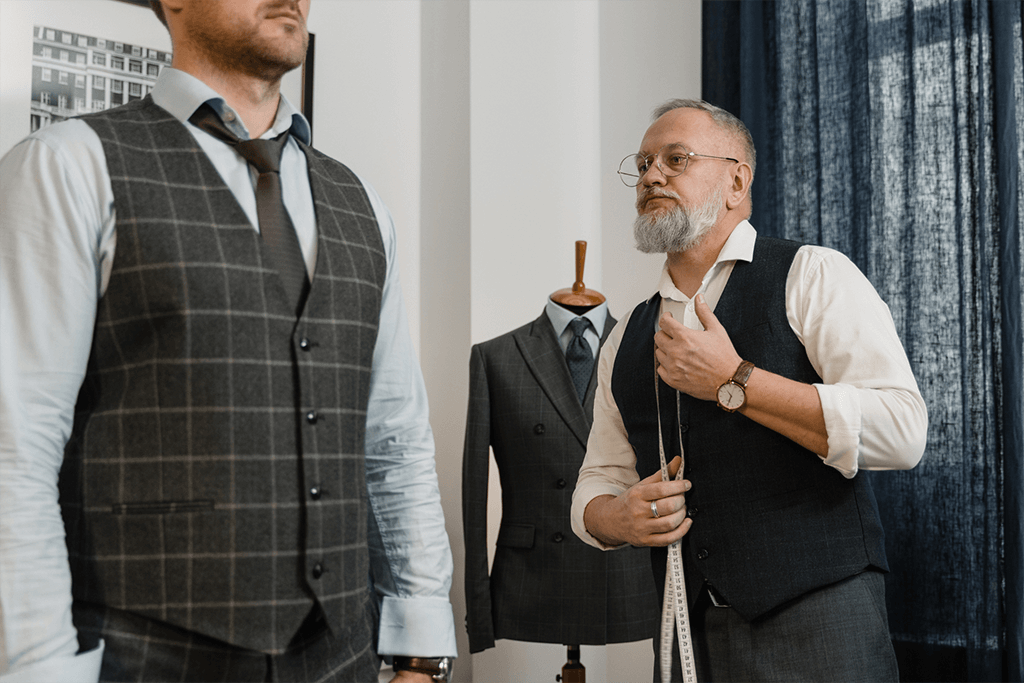A well-tailored suit can represent personal style, highlight advantages, and conceal shortcomings. Custom suits excel in achieving the perfect body contouring. However, creating a suit involves numerous details. Before placing an order, it’s advisable to understand these 12 professional insights about custom suits. This not only helps clarify your preferences but also facilitates communication with the tailor!
Whether from high-end or budget brands, off-the-rack suits typically use standard sizes for their patterns. While these can fit about 80% of people, the finer details remain unadjusted. As the saying goes, "the devil is in the details." Custom suits are tailored according to precise body measurements—from wrist size to chest circumference, even leg length—allowing each individual’s physical traits to be accentuated while downplaying any flaws, resulting in a suit that boosts your confidence.
The true value of a custom suit lies in the tailor's experience. The same fabric and scissors in different
hands can produce vastly different outcomes due to varying expertise. This article will not only educate you on the intricacies of custom suits but also highlight important points to consider when wearing one, so you can fully appreciate the benefits of donning a suit.
First, let’s explore the structure of a suit, allowing us to appreciate the meticulous details absent in mass-produced garments.
Custom Suit Structure

Suit Details
-Collar Type: A high collar appears more formal but is less suitable for shorter necks.
-Upper Collar: The part of the collar that flips outward at the top of the placket.
-Sleeve Interlining:The textile between the outer fabric and lining, providing structure to the suit.
-Left and Right Front Panels:The fabric used for the front of the suit.
-Sleeve Buttons: Similar in size to regular buttons, but often more decorative in style.
The enhancement a suit provides comes not only from its cut and style but also from how it is worn. Mastering these details can be key to showcasing exceptional taste. When ordering a custom suit, these small details can be discussed with the tailor to create the perfect fit.
12 Professional Insights for Custom Suits
1. Determine Suit Purpose: Before customizing, assess how frequently you'll wear the suit and its primary purpose. Different occasions, like work or weddings, require different styles. Understanding your needs helps clarify the suit's silhouette when communicating with your tailor.
2. Color Selection: Choose colors based on the image you want to project. For professionalism and formality, consider basic colors like black, dark gray, or navy. To express individuality, consider mixing and matching, such as pairing a suit jacket with jeans for a stylish yet classy look.
Related Reading:Every wardrobe should include a versatile and practical "blazer" for both men and women.
3. Smart Accessory Coordination:For interviews or client meetings, ties are essential; for weddings or casual gatherings, bow ties add a touch of formality without the seriousness. Be sure to avoid athletic socks or coarse-textured socks, as they detract from the suit's overall quality. These tips are valuable discussions to have with your tailor!

4. Size Fit
A well-fitting suit is crucial, and what size proportions are most suitable? For the upper body length, the jacket should ideally reach the lower edge of the hips or the second joint of the index finger when arms are hanging down. The sleeve length should fall just to the base of the thumb or align with the cuff. Achieving these precise measurements requires a tailor to assess your current physique. A custom suit reflects your body shape, so any changes in your physique will be noticeable. Investing in a high-quality suit means you'll want to wear it for a long time, prompting you to pay more attention to diet and body management.
5. Avoid Overstuffed Pockets
If you tend to cram your wallet, keys, phone, and coins into your pockets, this can distort the suit's shape and impact your overall silhouette. When having your suit tailored, communicate with your tailor about what items you typically carry so they can select appropriate materials or create hidden pockets, minimizing the impact on the suit's appearance.
6.Buttoning Tips
How many buttons should your suit jacket have? This is an important consideration. Jackets can have either single or double rows of buttons, and the number can range from one to three. Tailors usually recommend based on the look you want to achieve and your body type; fewer buttons result in a larger collar.
A quick tip: Only button a single-button jacket fully. For two or more buttons, just fasten the first button to avoid fabric creasing at the waist when moving or sitting, ensuring you maintain an elegant appearance.

7.Exposing the Shirt Collar and Cuffs
When wearing a suit jacket, remember to let about 1.5 centimeters of the shirt collar and sleeves show. This small detail creates a more harmonious overall look.

8.Avoid Storing Items in the Chest Pocket
The left chest pocket of a suit jacket is designed for a handkerchief or pocket square. Placing a phone or other items here will cause an unsightly bulge, disrupting the sharp, tailored look of the suit.
9.Always Try It On
Being able to put it on doesn't mean it fits! Different fabrics, cuts, and internal structures can make the same size suit fit very differently. When having a suit custom-made by a tailor, trying it on is essential for achieving the perfect fit, rather than spending time searching for a ready-made suit that works.
10.Relax When Trying on a Suit
Stand relaxed and with energy while trying on a suit, presenting yourself in your usual comfortable manner. This state will help the tailor create a suit that fits your body perfectly.
11.A Suit Shouldn't Be Worn Every Day
Even the best suits need proper care. After a full day, the fabric fibers hold a lot of stress and need ample rest to regain their elasticity and shape. If you need to wear a suit daily, it's advisable to have at least two suits to rotate.

12.Avoid Frequent Washing of Suits
Most custom suits are made from wool, which is naturally resistant to dirt. Therefore, it's not necessary to wash them after every wear. For minor stains, a gentle brush can effectively remove them. Afterward, lay the suit flat or hang it in a cool, shaded area to dry, preventing any distortion. If a deep clean is needed, dry cleaning is recommended to extend the life of the suit.
The Art of Suit Craftsmanship
Indeed, a custom suit can be an investment. Setting a budget allows the tailor to provide the best recommendations tailored to your needs and preferences.




